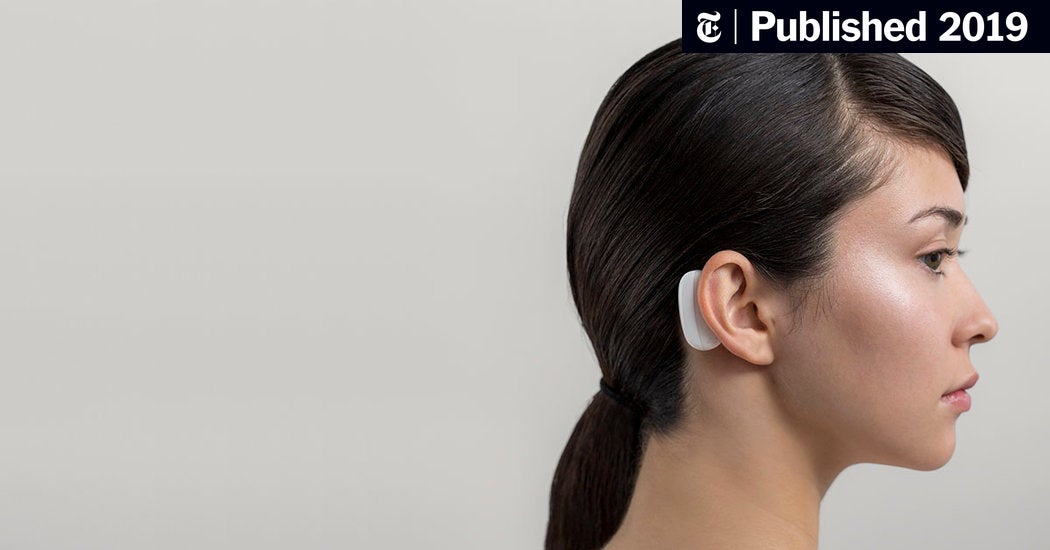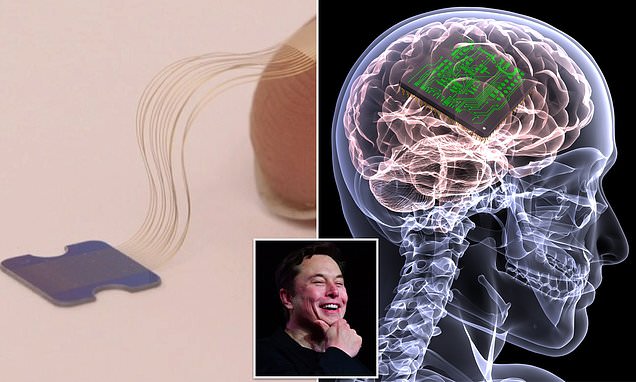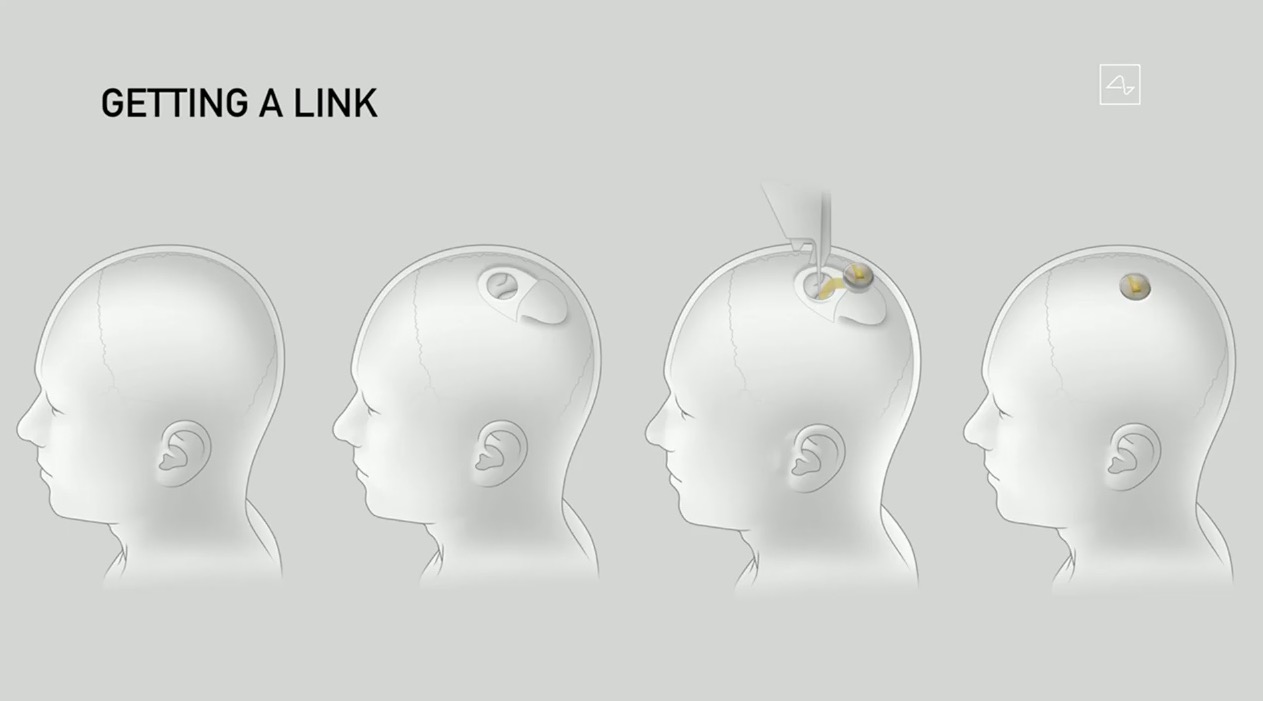- Joined
- 21 January 2015
- Messages
- 12,164
- Reaction score
- 16,385
Elon Musk aspires to make inserting a computer connection into your brain as safe and painless as Lasik eye surgery.
On Tuesday evening, Neuralink, a company in which Mr. Musk has invested $100 million, detailed the baby steps it has taken toward that goal. Neuralink described a “sewing machine-like” robot that can implant ultrathin threads deep into the brain.
The company is hoping to begin working with human subjects as soon as the second quarter of next year.
The company claims the system will eventually be capable of reading and writing vast amounts of information. But as with many of Mr. Musk’s other ventures, like spaceships or futuristic tunnels, one of the biggest challenges may be for his scientists to match his grand vision.

Elon Musk’s Neuralink Wants ‘Sewing Machine-Like’ Robots to Wire Brains to the Internet (Published 2019)
A San Francisco company financed by Mr. Musk, Neuralink says it has created a device that could one day wire data links directly to the brain.





